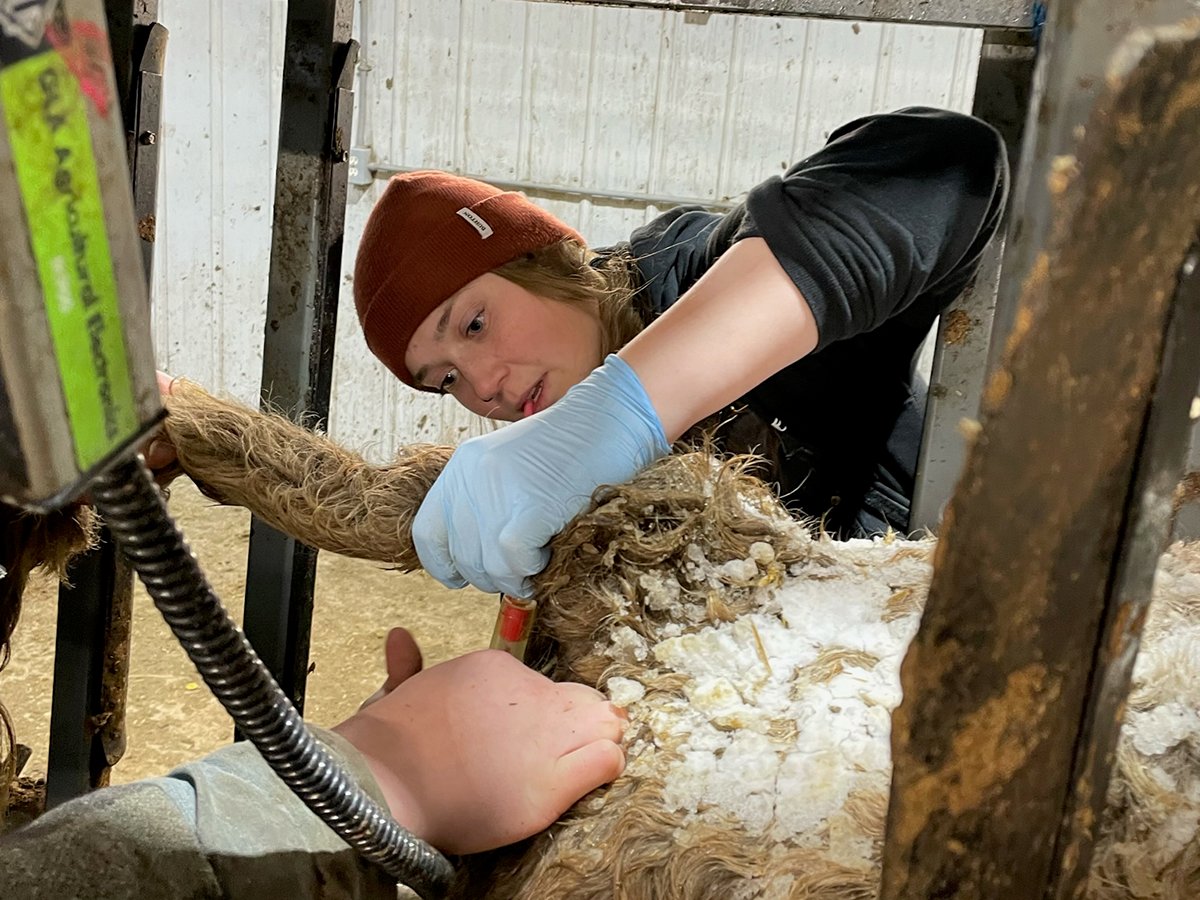The CCA has commissioned a report on how often cattle are moved and where they go
OTTAWA — One of the first steps in bringing a contagious animal disease under control is figuring out where livestock have travelled.
The Canadian Food Inspection Agency needs to know during an investigation where animals are and if they were in high risk areas such as auction barns or assembly yards where disease could spread.
The CFIA considers three elements under Canada’s livestock traceability regulations: animal identification, premises identification and animal movement.
Most livestock are individually identified and more farms are registering their premises, but tracking movement is full of gaps, said Pat Hayes of the Canadian Cattlemen’s Association’s animal health committee.
Read Also

Pen riders better than tech at detecting respiratory disease in feedlot cattle, says researcher
Katrina Garneau’s recent research found that pen riders are better than technology at flagging signs of BRD in feedlot cattle.
“We are at a loggerhead with CFIA over the traceability file, and there was no good information,” he said at the CCA’s annual meeting, which was held in Ottawa March 10-12.
The association has commissioned the consulting firm Serecon to figure out where cattle go and often how they are moved.
The study used 2013 statistics and relied on information from Agri-Traçabilité Québec and Livestock Inspection Services in Alberta for much of the data.
ATQ is the mandatory Quebec traceability program and LIS is the brand inspection service. Both have good records, said Bob Burden of Serecon.
British Columbia, Alberta and Saskatchewan have brand inspection that records cattle transactions, while other provinces gather information from manifests and producer records.
The research has discovered that Canadian cattle probably move 3.5 times in a lifetime.
Movement is estimated to be 2.7 times in Alberta, where checkoffs are collected every time an animal is sold.
The patterns of movement indicate that animals travel from farm to farm, fairs, pastures, auctions, feedlots, export and slaughter.
“The main funneling, if you will, are really the farm to slaughter or a feedlot to slaughter or from farm to a backgrounder,” said Burden.
Eastern cattle appear to move more often, which may be because more fat animals are sold at public auctions than in the West.
Western cattle probably move less because more are sold electronically via computer or video sales. Most producers support electronic sales because they are less risky and cattle stay at home until delivery, which results in lower stress and weight loss.
The final numbers did not always tally up, and the researchers weren’t sure why. Slaughter numbers and exports were probably the most reliable.
“We know in the past there have been huge debates about movement and commingling sites,” said Matt Taylor, who is also working on the study.
“This isn’t perfect data, but it is the best we have at the moment.”















